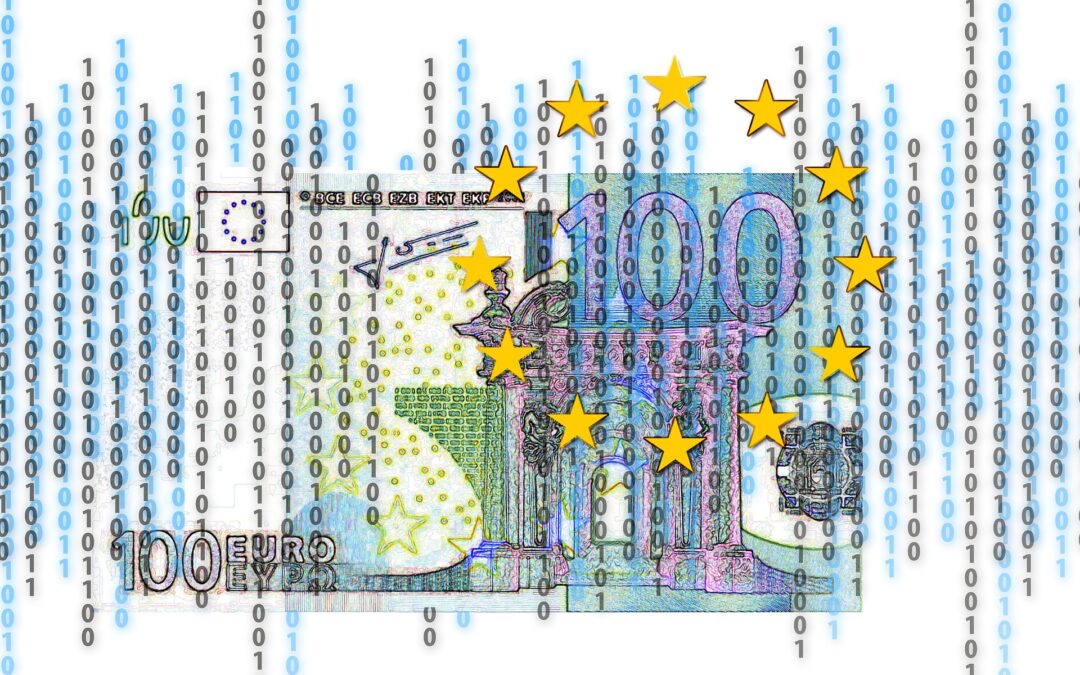
DIGITAL CURRENCY
This Hub Scuola video explains in a very basic way what it is
As indicated by this Bank of Italy document:
The guarantee of reimbursement of electronic money takes the form of the possibility for the holder – in accordance with the rules of the contract with the issuer – to download the monetary amount from their electronic device, receiving in exchange the equivalent amount of coins and banknotes or a corresponding credit to a current account. This guarantee constitutes, in the intentions of the EU legislator, a measure designed to increase confidence in the use of this payment instrument. If the operation underlying the “loading” into the electronic device consists in the exchange of bank or legal money with electronic money, the redeemability ensures that the reverse operation takes place, that is the conversion of the residual quantity of electronic money (available to the holder of the device) in the corresponding amount of legal or bank money.
Legal currency or bank money?
This prospectus from Consob explains well the difference, up to the important node represented by the monetary multiplier that originates through the granting of loans.
It sounds like a difficult concept, but simply: every time a bank makes a loan, it creates new money.
How?
Through a deposit on the current account of the holder.
This deposit represents a debt of the bank, which appears on the liabilities side in correspondence with the current account holder, but the applicant must sign a loan agreement with a mortgage on the property which constitutes a credit for the bank and which must therefore be included in the balance sheet assets.
The ability to repay the loan is the guarantee, but in the event that this does not happen, the bank must have a compulsory reserve.
The calculations are not simple, but we can consider an example, just to understand: on a deposit of 100 the bank keeps a reserve of 2. The remaining 98 can be used for a new deposit, and so on, reducing the sum by 2% at every turn.
The ECB explains that commercial banks can also create so-called “inside” money, i.e. bank deposits – this happens every time they issue a new loan. The difference between outside and inside money is that the former is an asset for the economy as a whole, but it is nobody’s liability. Inside money, on the other hand, is named this way because it is backed by private credit: if all the claims held by banks on private debtors were to be settled, the inside money created would be reversed to zero. So, it is one form of currency that is created – and can be reversed – within the private economy.
And … by the way, did you know that the ECB is planning the digital Euro presumably starting in 2021?


 Hi I'm Claudia and this is KCDC.
Hi I'm Claudia and this is KCDC.




OPINIONI